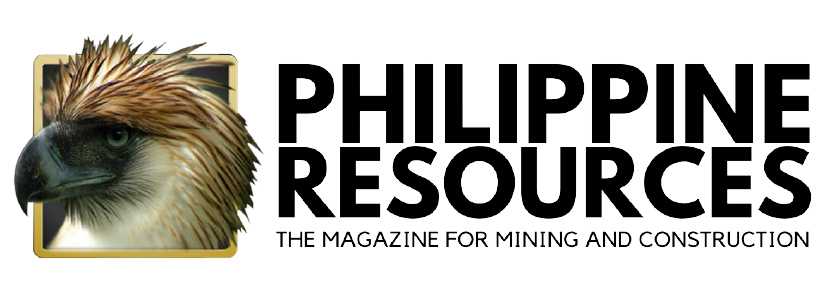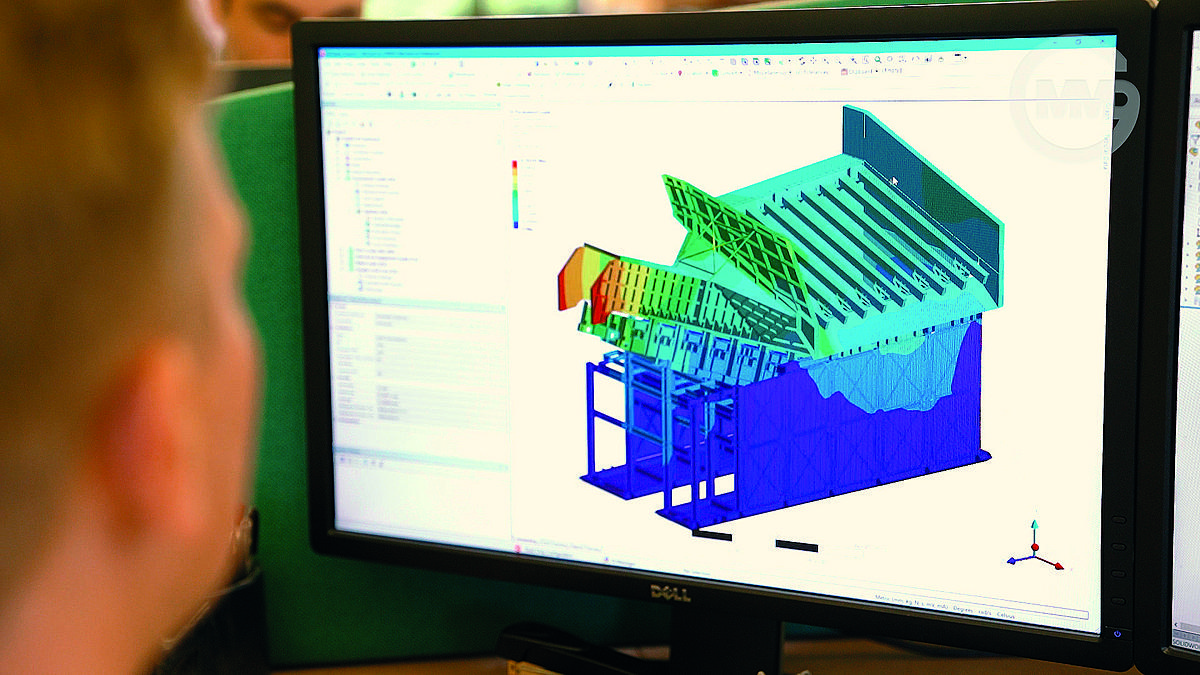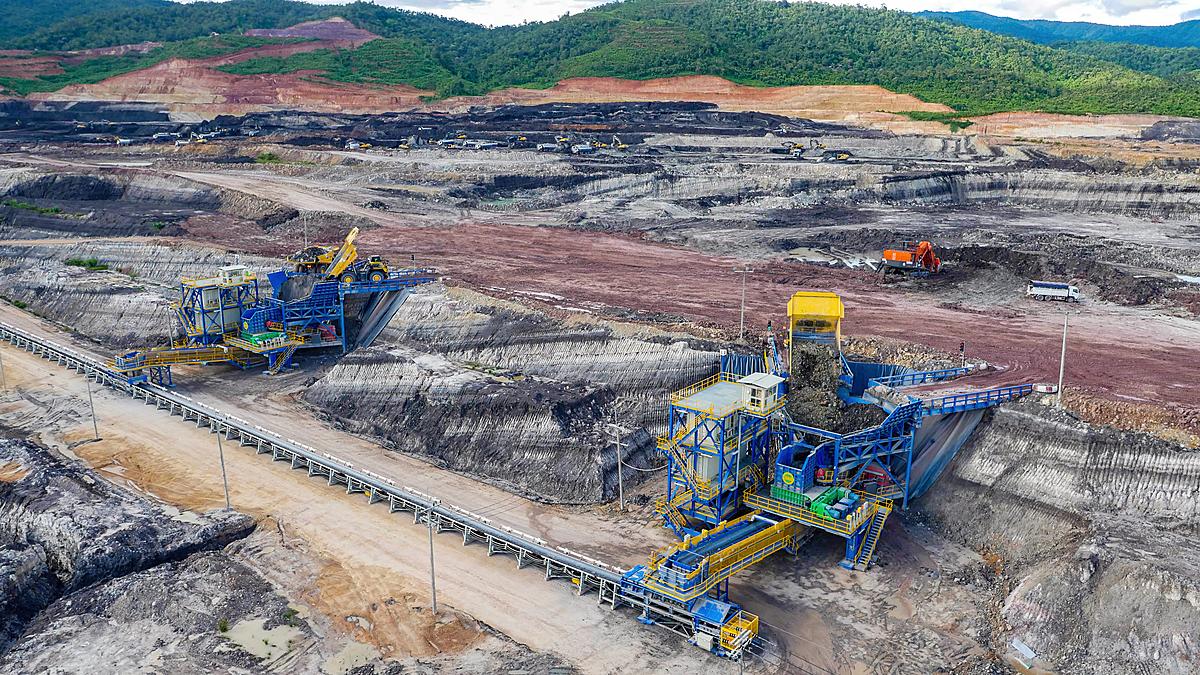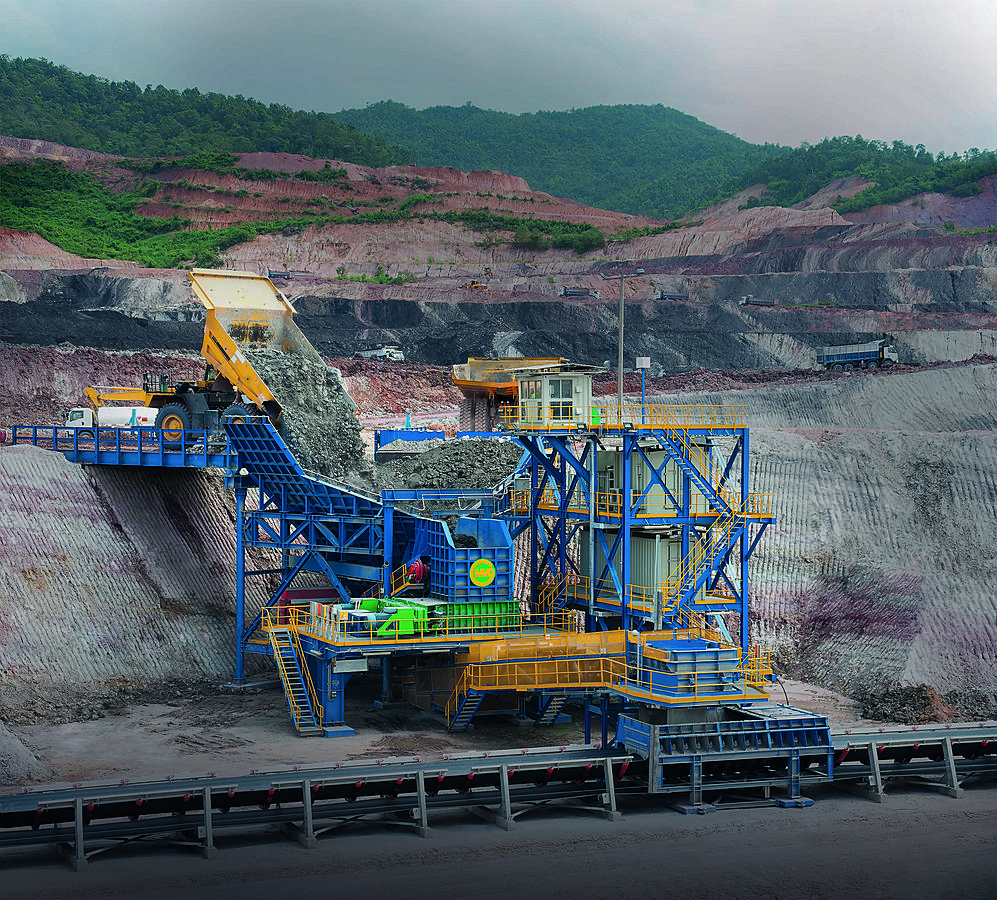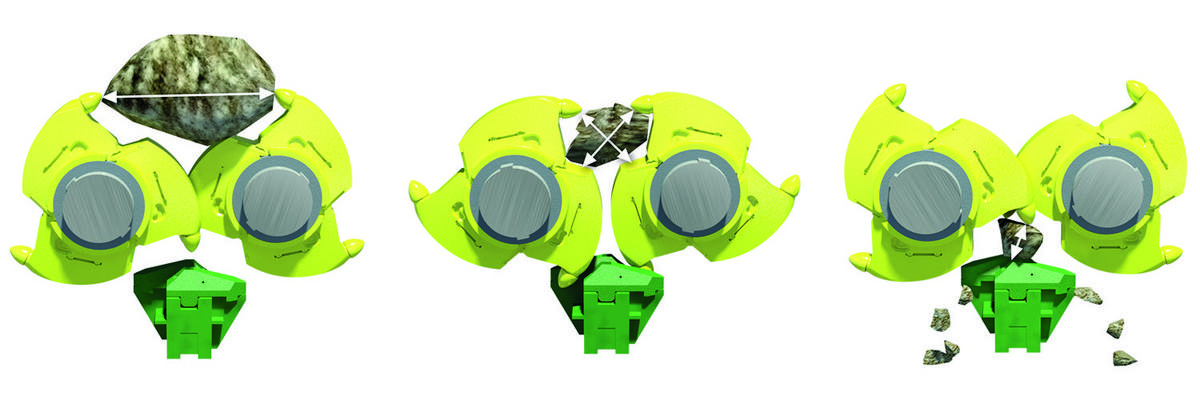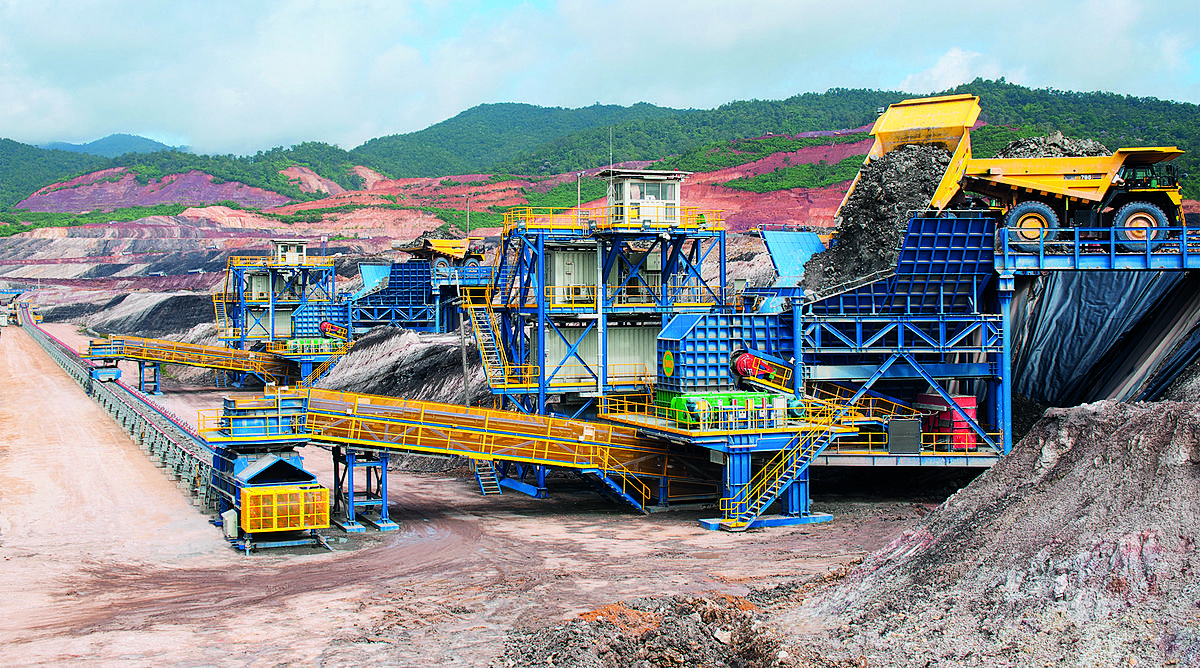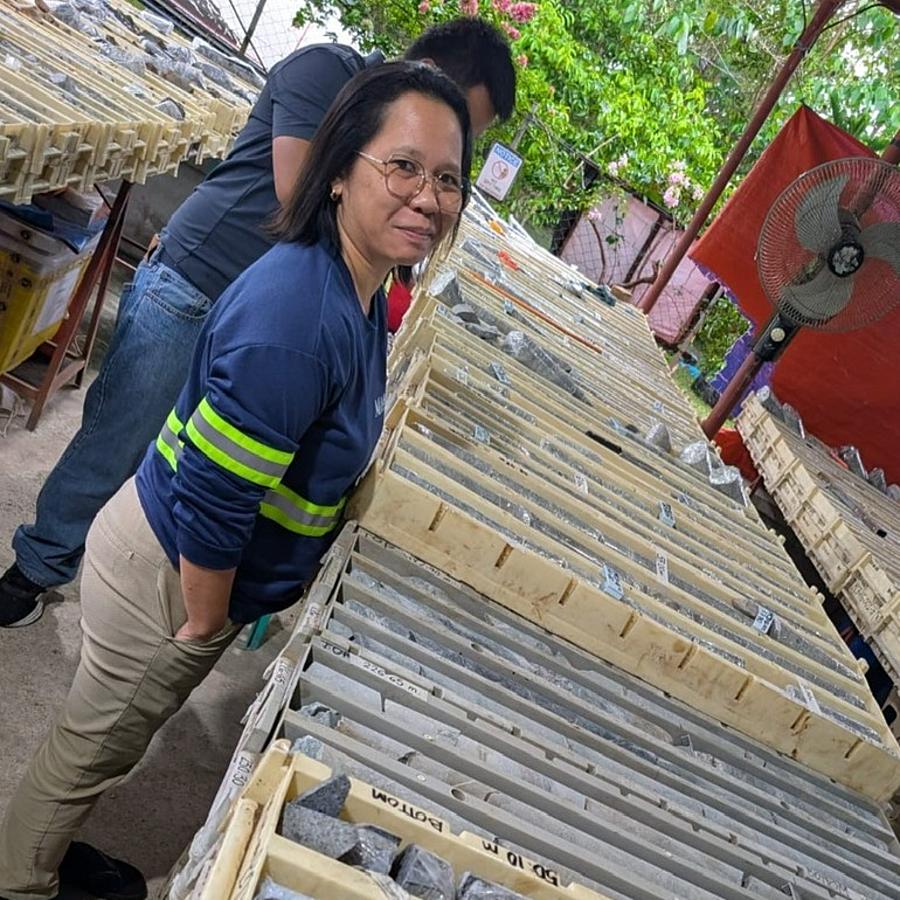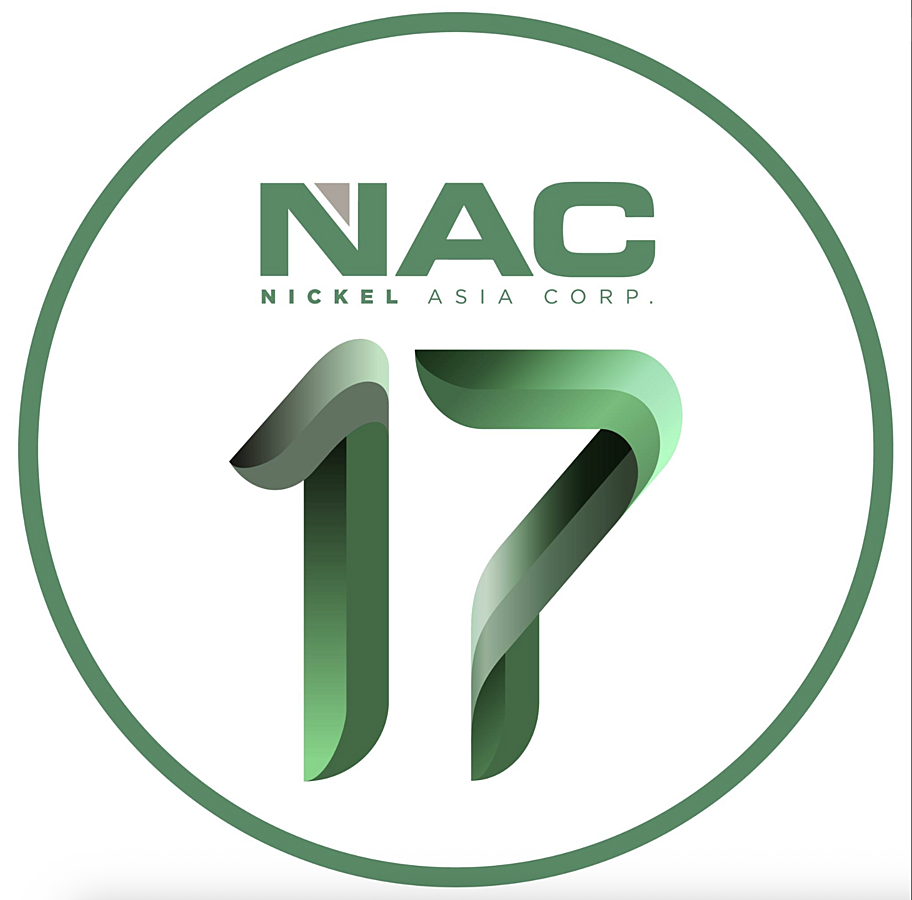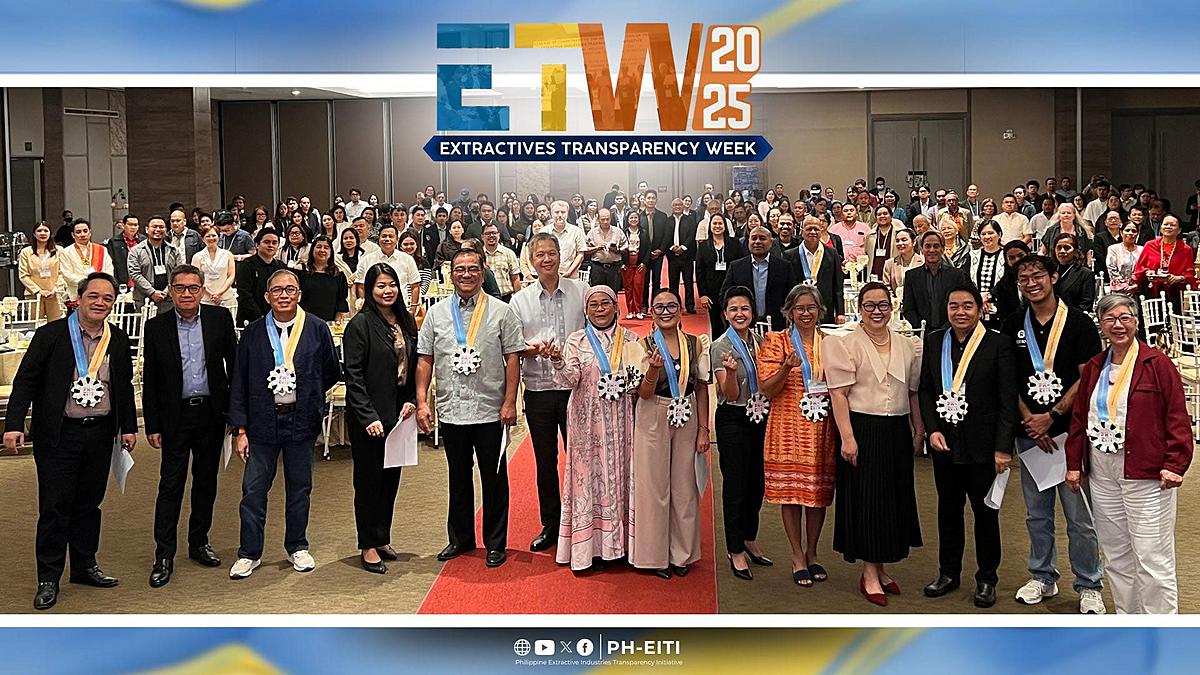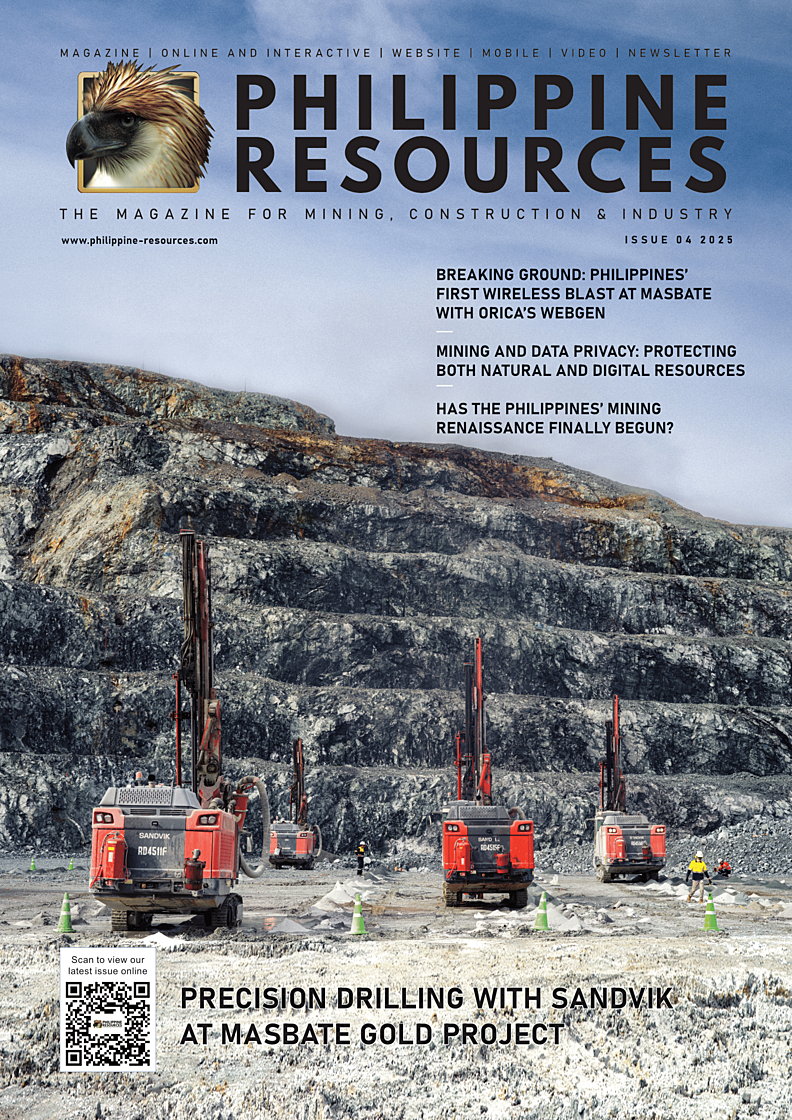The MMD Group has a rich history in innovation and design, having designed, manufactured and installed the first unique Twin Roll SIZER™ more than 4 decades years ago. Since then, MMD have maintained leadership in the industry through constant development and innovation of the original Sizer concept. The company was formed to address the National Coal Board's (NCB) need to prevent large lumps of coal from blocking belt conveyor transfer points. Many methods were tried, but the installation of a low height, and lightweight MMD SIZER™ at the first convenient transfer point in the system was almost universally adopted in NCB mines. This success led to further developments and the company's expansion into other areas of underground and surface mining and quarrying in the U.K. and eventually around the world.
Since the inception of the MMD Twin shaft MINERAL SIZERSTM, MMD has thrived on a culture of innovation and continuous improvement, setting new standards in material handling and providing tailored mining solutions. Initially developed for processing coal, a softer and more brittle material, the range of Sizers has evolved to handle higher capacities as well as more abrasive, harder materials. This exceptional capability has resulted in the successful deployment of over 3,500 installations worldwide, serving small and large mining companies, who have some of the most challenging conditions and materials.
The basic design concept behind Sizer technology involve the use of two rotors with large teeth, on small-diameter shafts, driven at a low speed by a high torque drive system via a MMD reduction gearbox. Mineral Sizers exploit the inherent weaknesses in rocks. Sizers stand out from traditional crushing methods, because the unique tooth geometry breaks material by bending, tension, and shear forces. This approach delivers more efficient breaking action than alternative crushing methods, resulting in substantial savings in electrical power and overall operating costs.
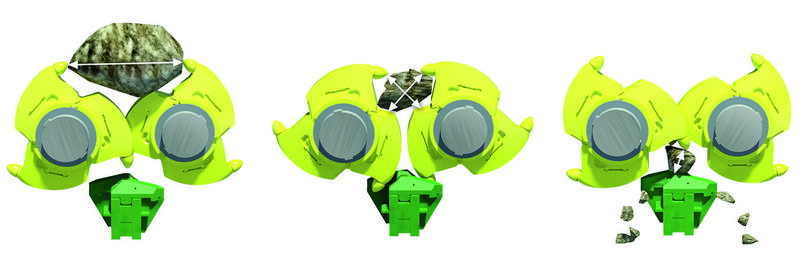
An adjustable breaker bar, which is usually located beneath and between the twin shafts, provides the final stage of breaking. This maximises size reduction ratio, increases wear component life and provides complete control of the finished product size in all three dimensions.
The Sizer can accept minerals without the need for pre-screening. The scroll pattern of the teeth moves and re-orientates the larger lumps along the shafts for improved breaking. This creates space for undersized material to pass through freely without further wear or degradation. Additionally the scroll pattern can also be used to eject excessively oversize material from the machine.
The agitating action of its twin shafts also makes it ideal wet and sticky materials as well as ideal for blending scenarios, whilst minimising the generation of dust and fine material in primary, secondary or tertiary applications.
Innovation has always been part of MMD’s culture, and the dedicated in-house technical development teams has provided consistent research and development since the Sizer’s inception in 1980, and enabled MMD’s machines to process a wide range of material including some materials rated at over 300MPa. One key factor in maintaining our position as leaders is the ability to introduce the latest developments in the fields of design and production.
To ensure machines are designed to the highest standards our in house R&D teams bring a wide variety of experience in many fields of expertise. This diversity and experience are combined with some of the latest technology, from 3D design to material flow modelling. We use tools and methods such as:
Finite Element Analysis (FEA) - Finite Element Analysis is a way to simulate and analyse stress and deformation on a design. This provides the optimum design that is both efficient and effective.
Discrete Element Method (DEM) - DEM is particularly useful for modelling the behaviour of materials encountered in mining operations. By using DEM, we can analyse how these materials interact with various equipment and environments. This helps us design more efficient and durable machinery, reduce wear and tear, and improve overall operational efficiency.
Simulation - Simulation technology creates detailed models of our projects before they are built. By simulating different scenarios, we can predict potential issues and optimize designs for better performance and efficiency. This proactive approach helps in minimizing risks and reducing costs, ensuring that our projects are completed on time and within budget.
VR/AR - these immersive technologies provide 1:1 scale visualisations that can mimic real-world hypothetical scenarios. This helps virtual prototyping, HAZOP analysis and operative training. In addition these technologies also provide interactive project visualisations, providing clients with a better understanding of the equipment and the final outcome.
We also use physical prototyping and rigorous testing to validate the designs. Also, our close relationships with our customers provides us with continuous feedback loops to be able to incorporate practical insights and improvements.
Our continuous drive for delivering high standards is evident not only in the design but also through our five global state-of-the-art manufacturing plants in UK, Africa, China, Australia, and India. Each location has attained internationally recognized standards, and is ISO 9001 QMS certified. Environmental responsibility is also a priority; many of our global offices also hold ISO 14001 and ISO 45001 certifications.
Through our expertise, consistent investment in innovation and commitment to delivering high quality solutions through close partnerships, we can assist mines to achieve their efficiency and productivity goals whilst delivering a greener approach to mining.
